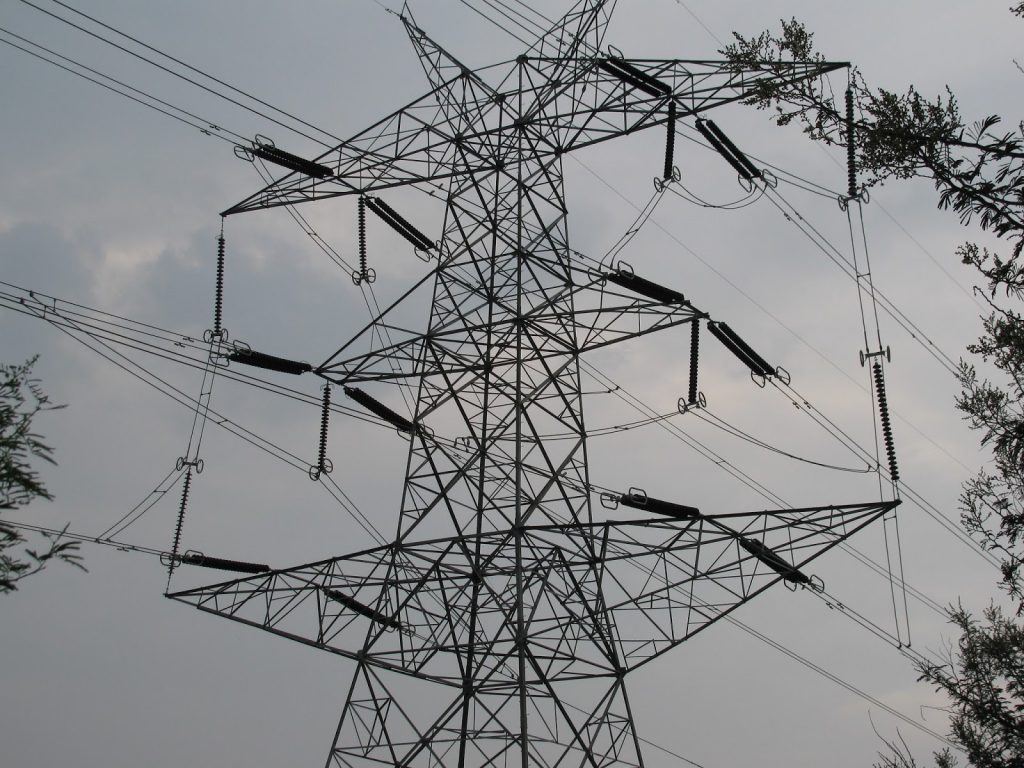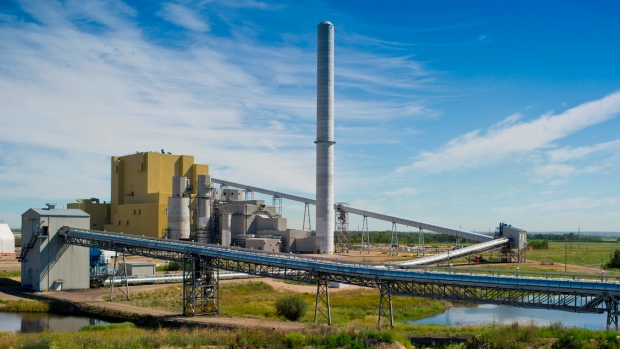
Michael James
Lagos — The National Grid is experiencing reduced power generation due to emergency maintenance of gas lines belonging to the Nigerian Gas Company, NGC.
The affected NGC lines supply gas to Egbin, Omotosho, Olorunsogo and Paras Power Stations.
This was reportedly caused by leakage discovered on the Escravos-Lagos Pipeline System gas pipeline, necessitating the total shutdown of the four power generating plants on 25th April 2019.
In a statement signed by the General Manager Public Affairs, TCN said that prior to the incident, Omotosho NIPP and Olorunsogo NIPP had already been out due to gas supply issues.
According to the statement, NGC worked hard to repair the gas pipeline so that normal gas supply can be restored to the affected power plants.
Presently, repairs have been completed and the pipeline is currently being pressurized prior to the resumption of gas supply to the affected power stations
TCN further noted that it has diverted about 312MW load from the Benin-Egbin 330kV transmission line which tripped at 23.14hours on Tuesday, 23rd April 2019, to Omotosho –Ikeja West and Ayede-Ikeja 330kV transmission lines, due to on-going repair works on the Benin-Egbin 330kV transmission line.
The tripping was caused by a line cut between Ofofu and Okada Towns, however, TCN engineers are making concerted efforts to complete repair work on the transmission line, despite the very difficult terrain at that location.
Due to the diversion of the load from this line to the two transmission lines equally feeding Lagos axis, load shedding in Lagos axis was minimized to about 280MW at the first instance. However, with the attendant gas supply issues and sudden gas leakage problem, load shedding increased considerably.



